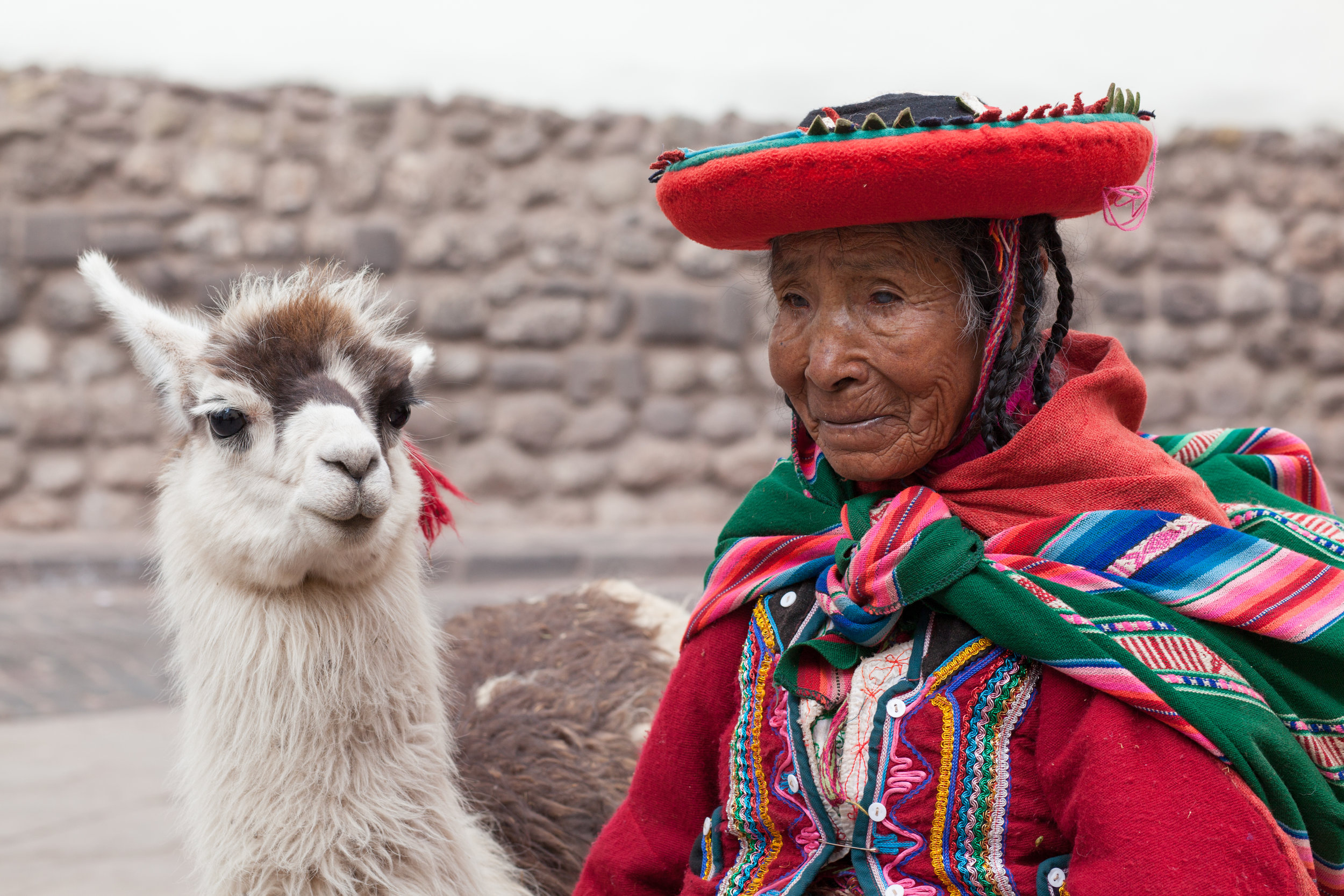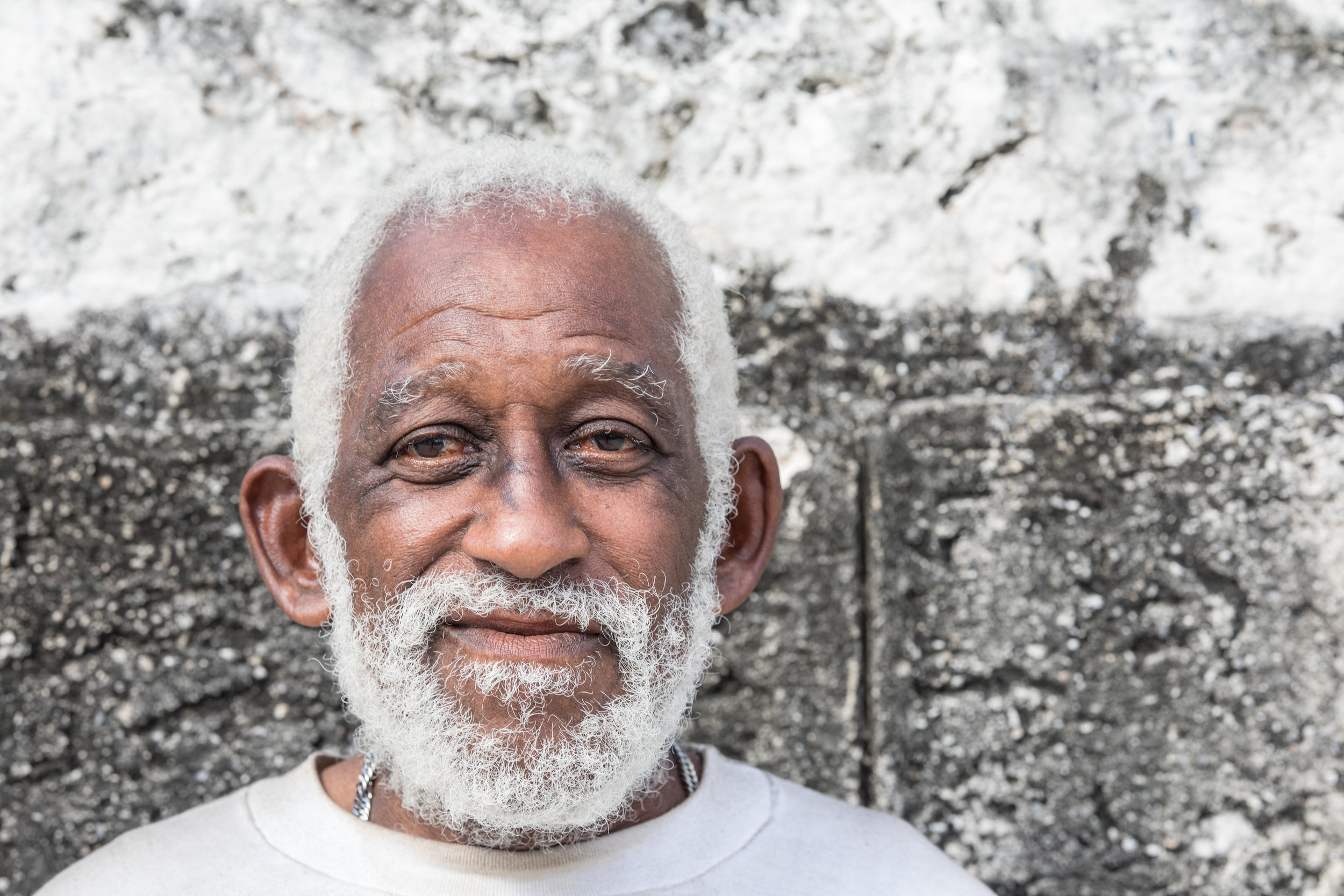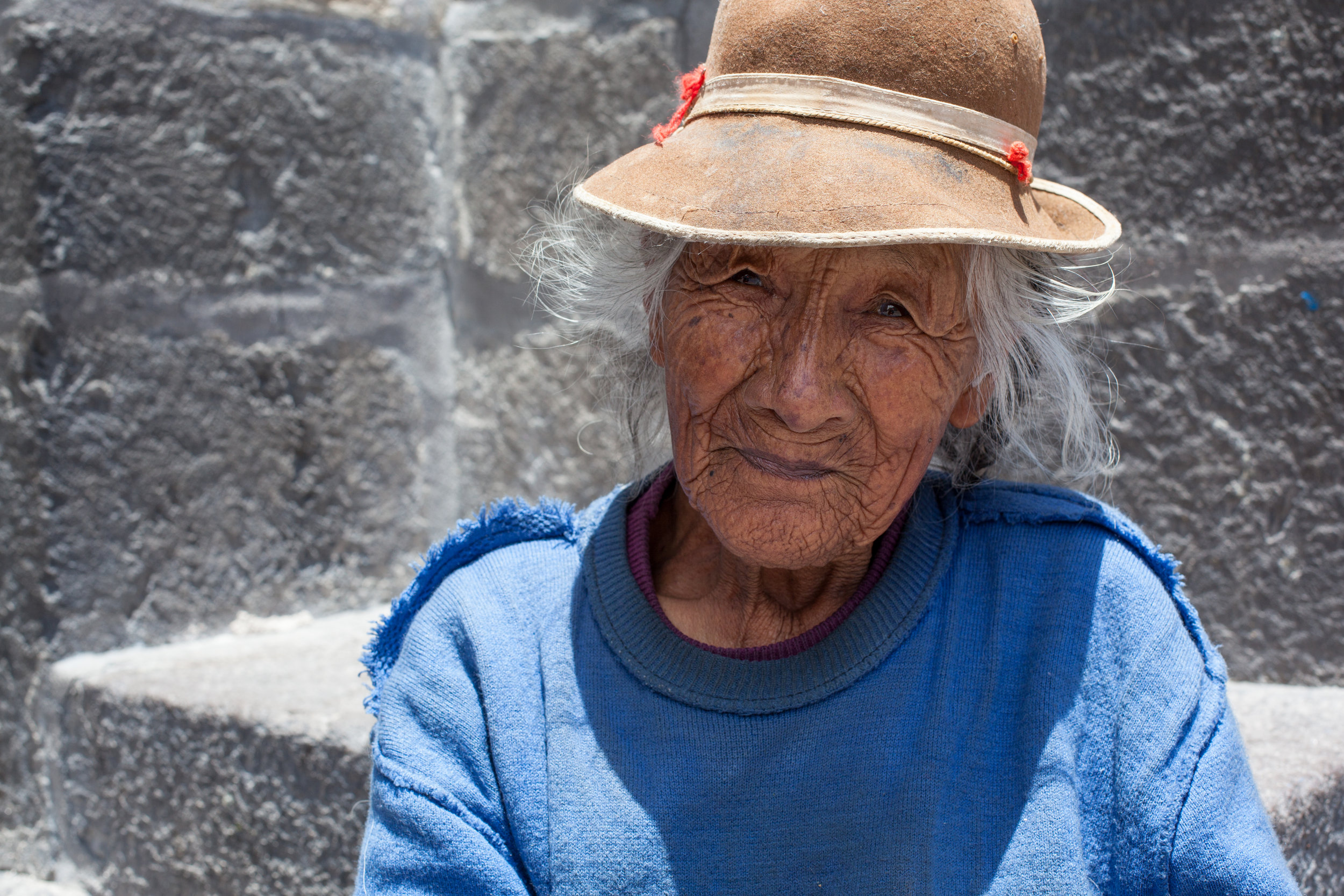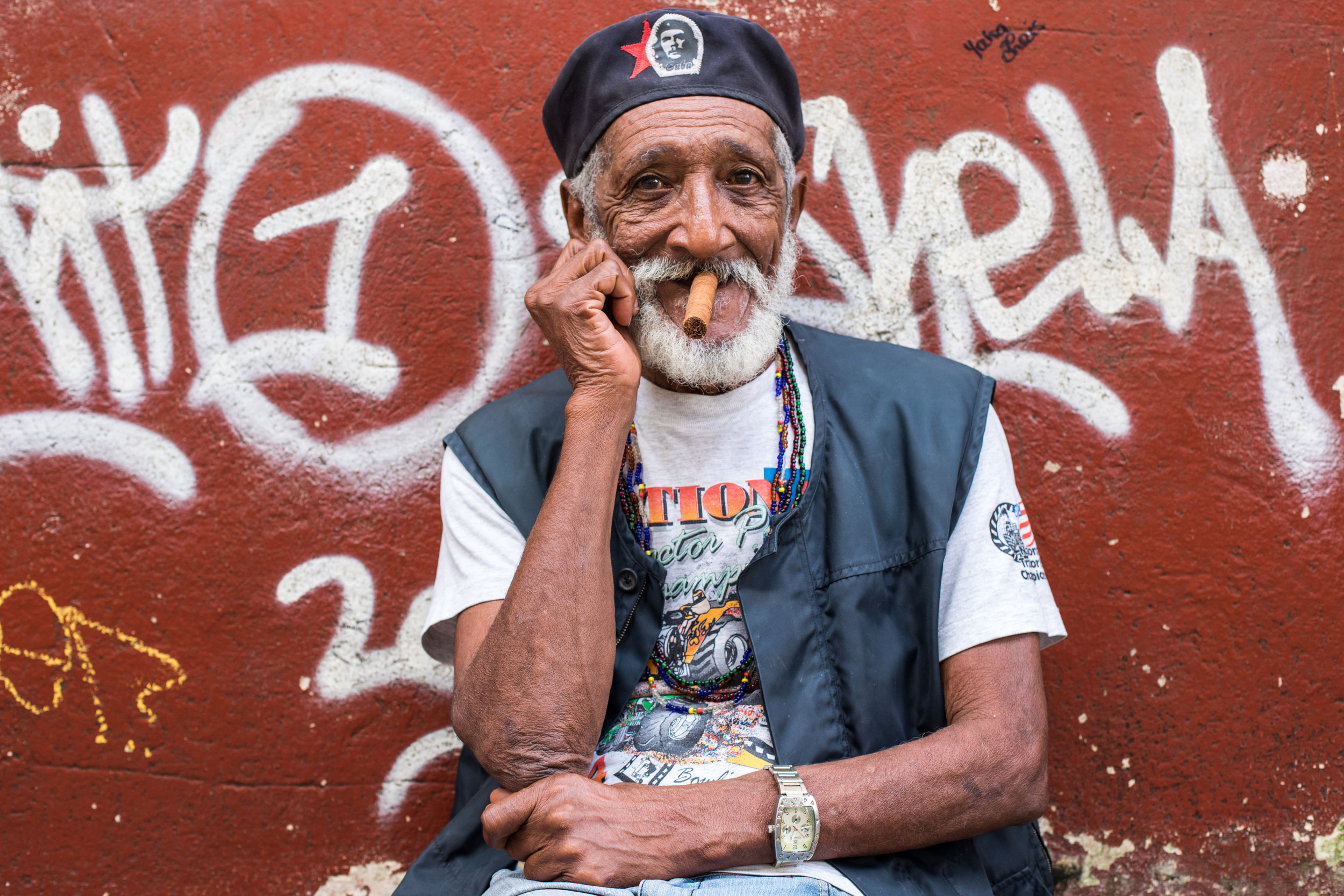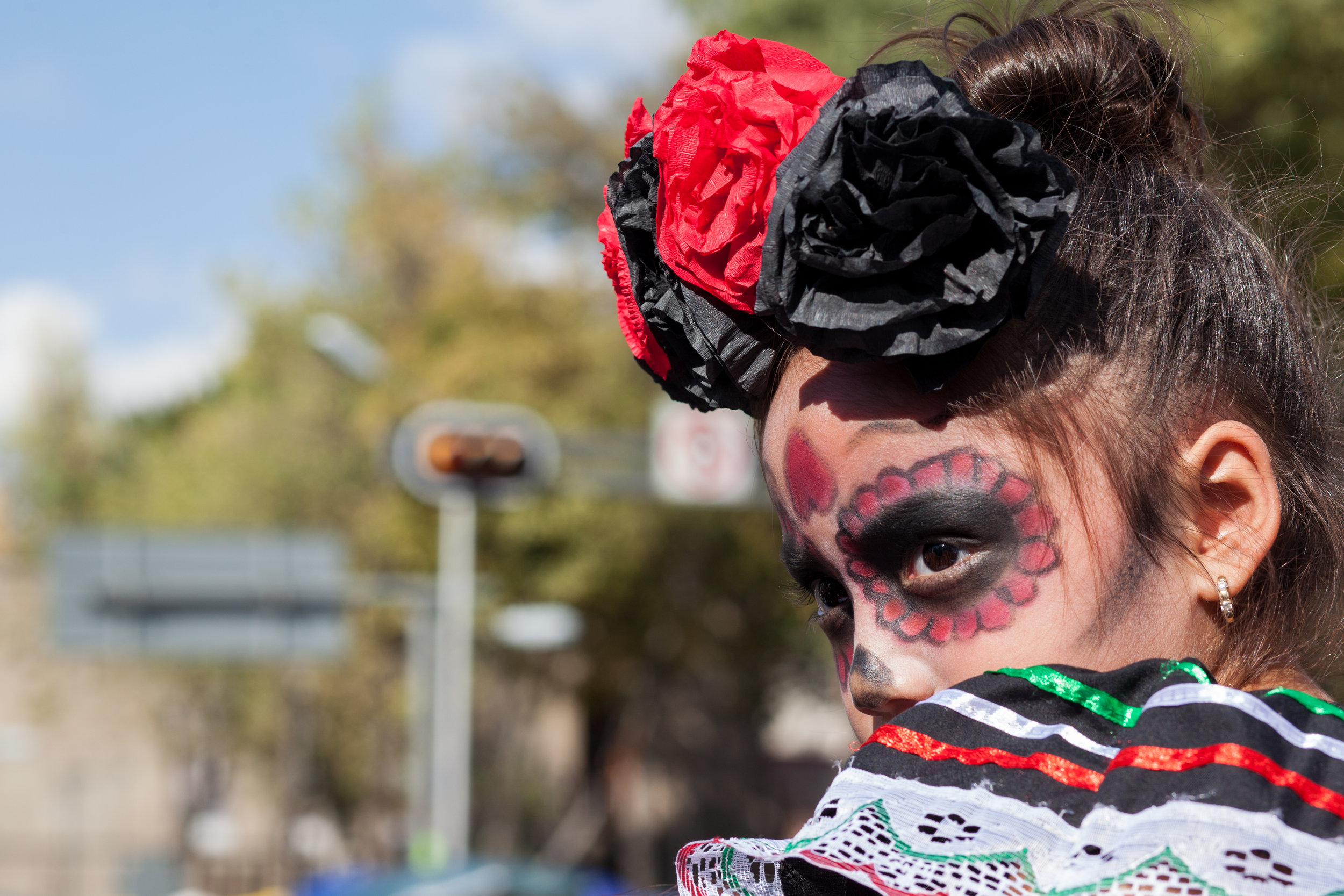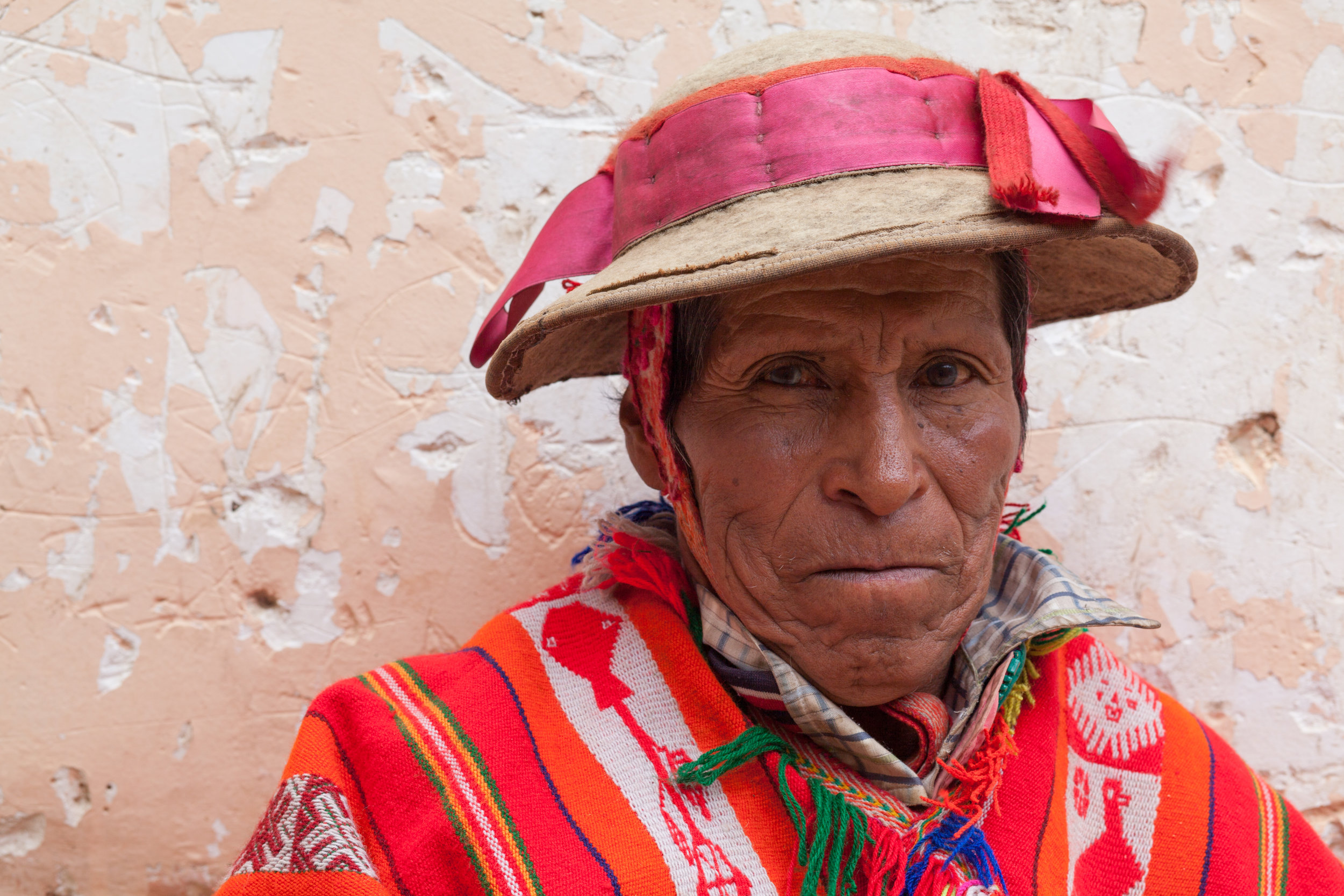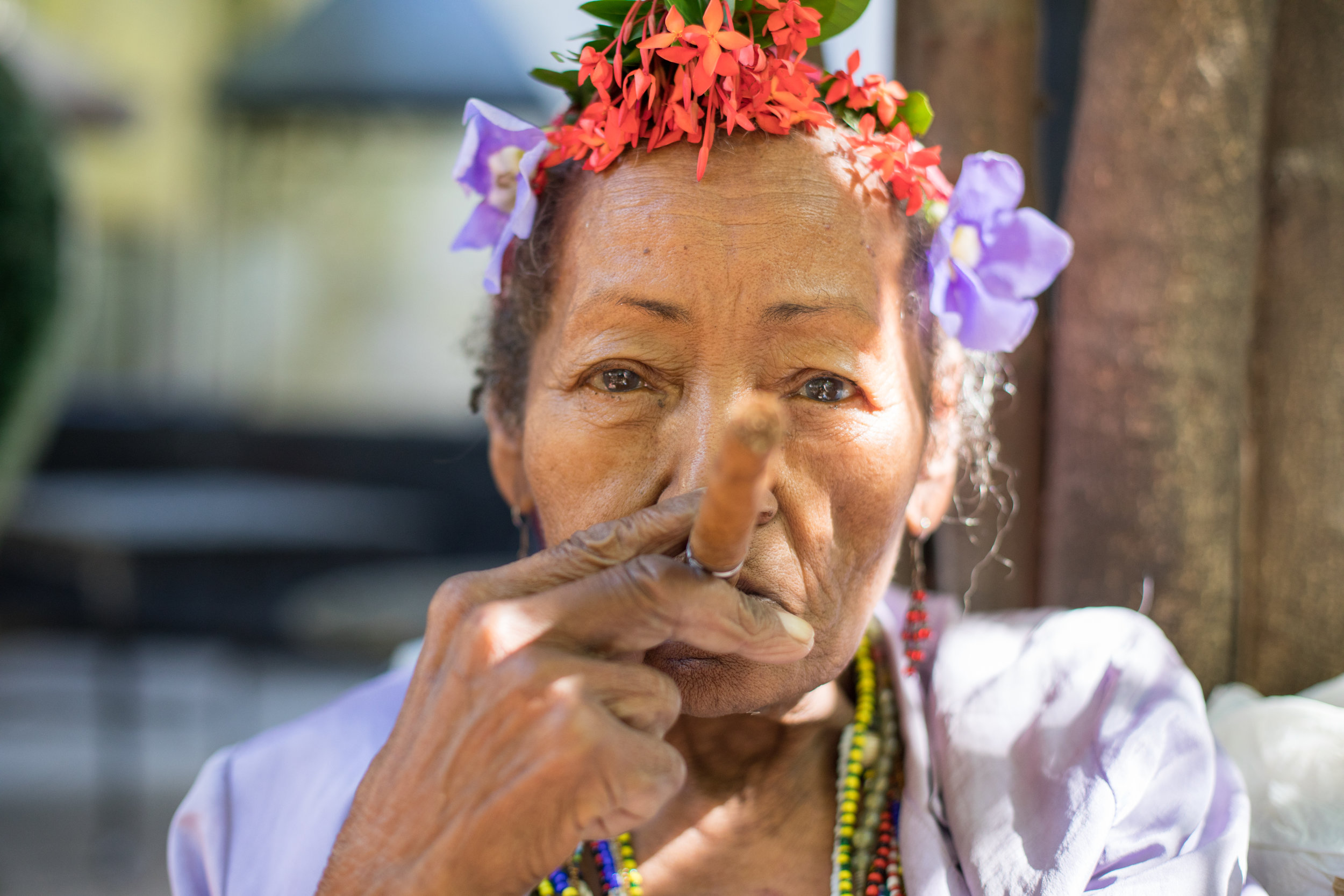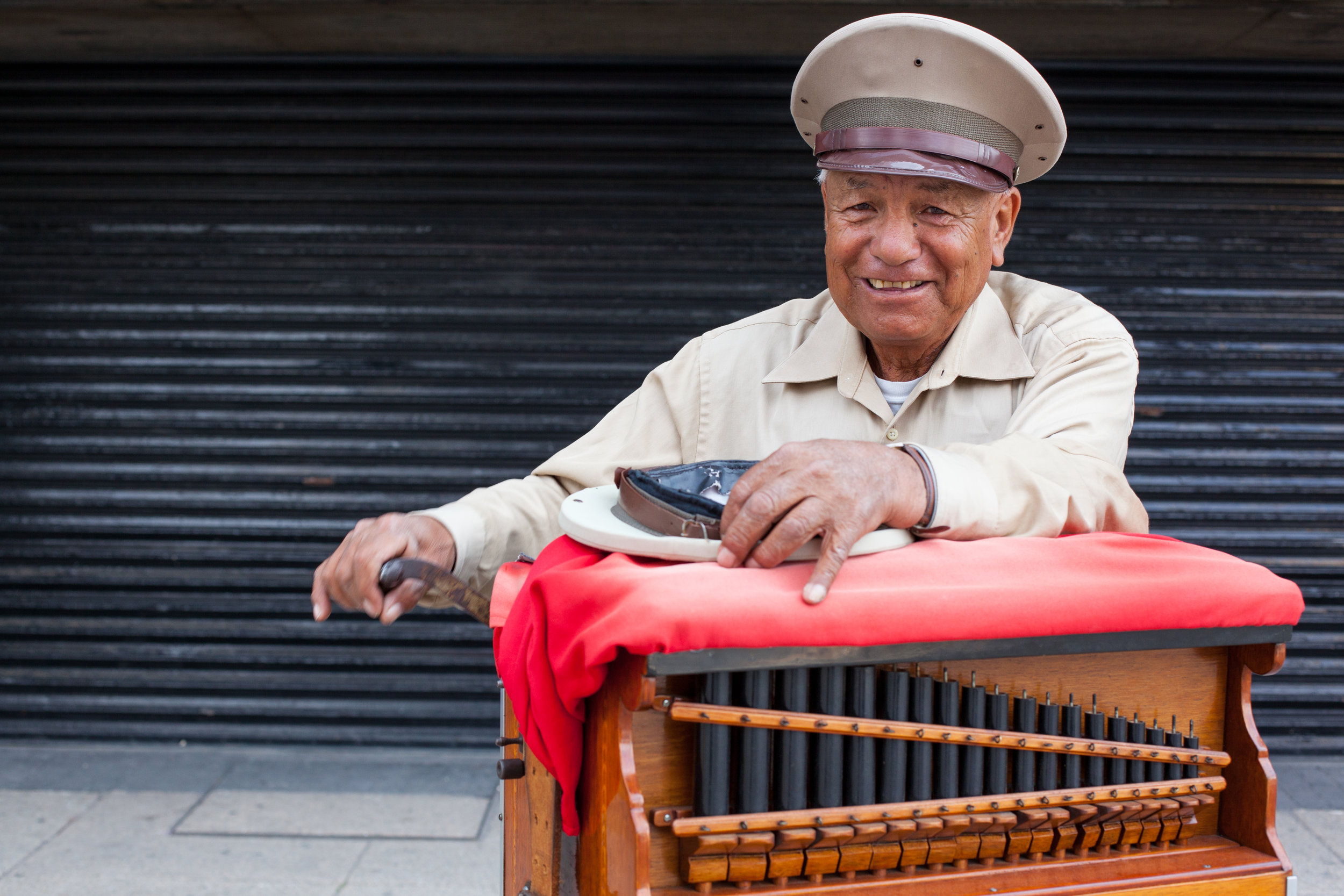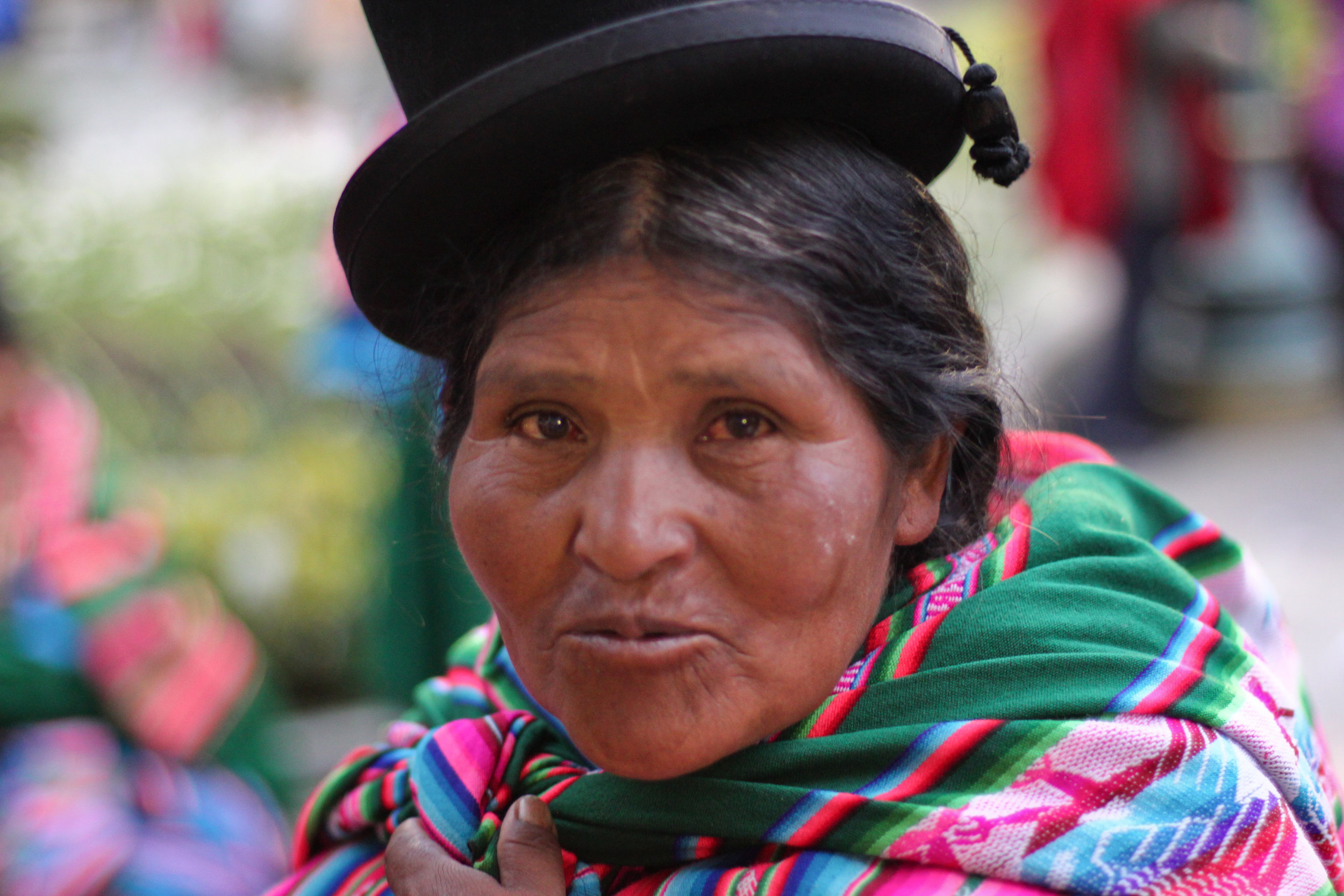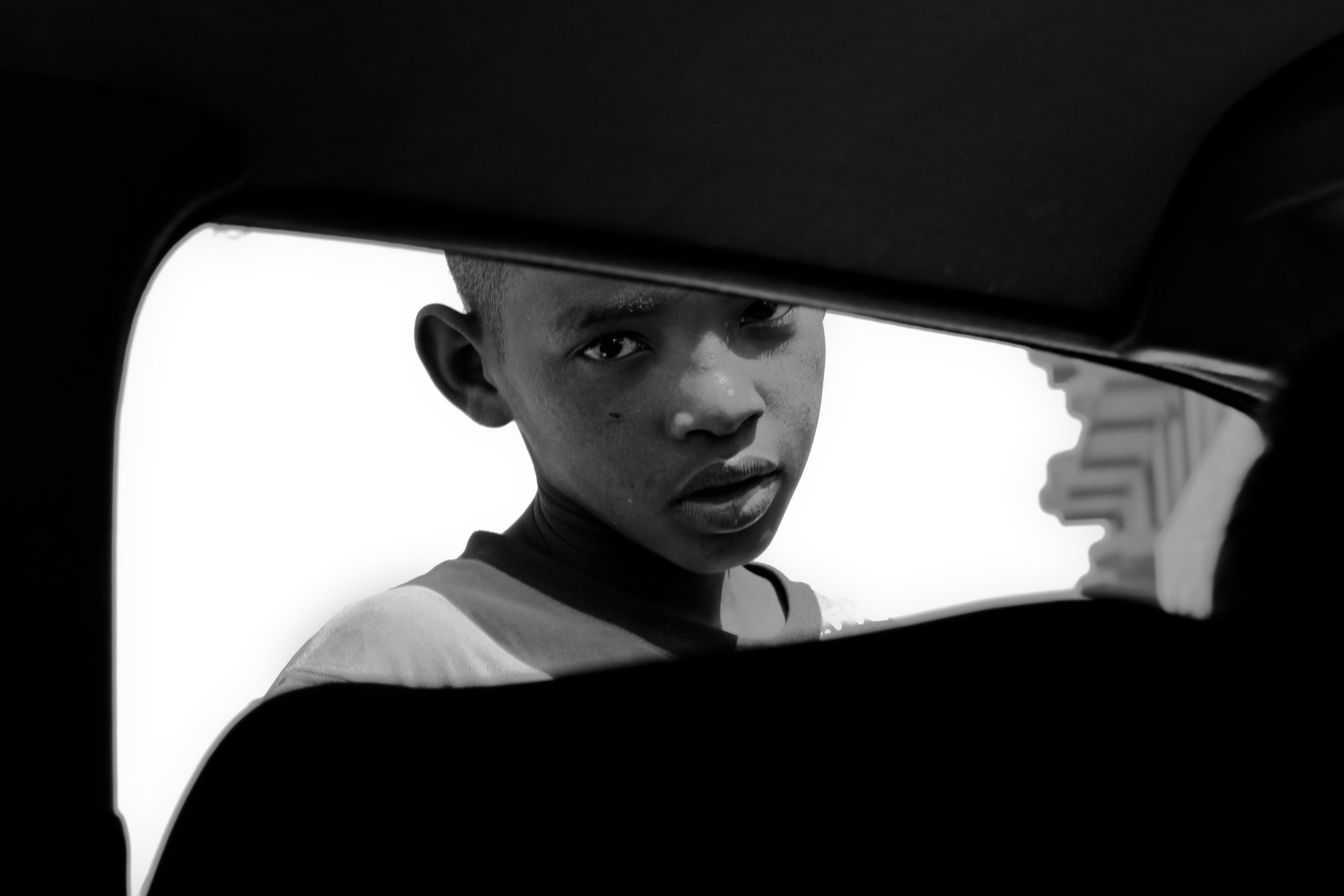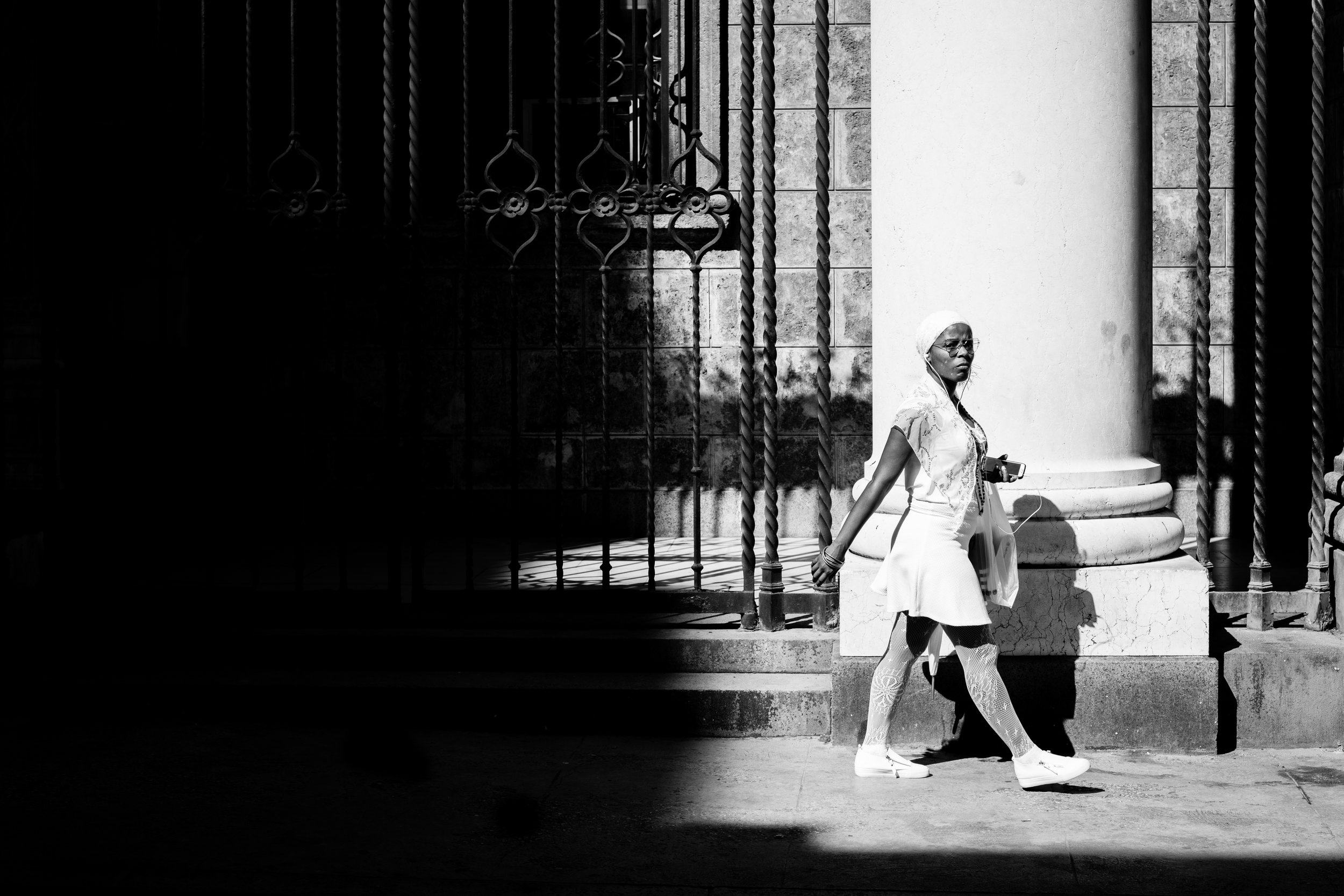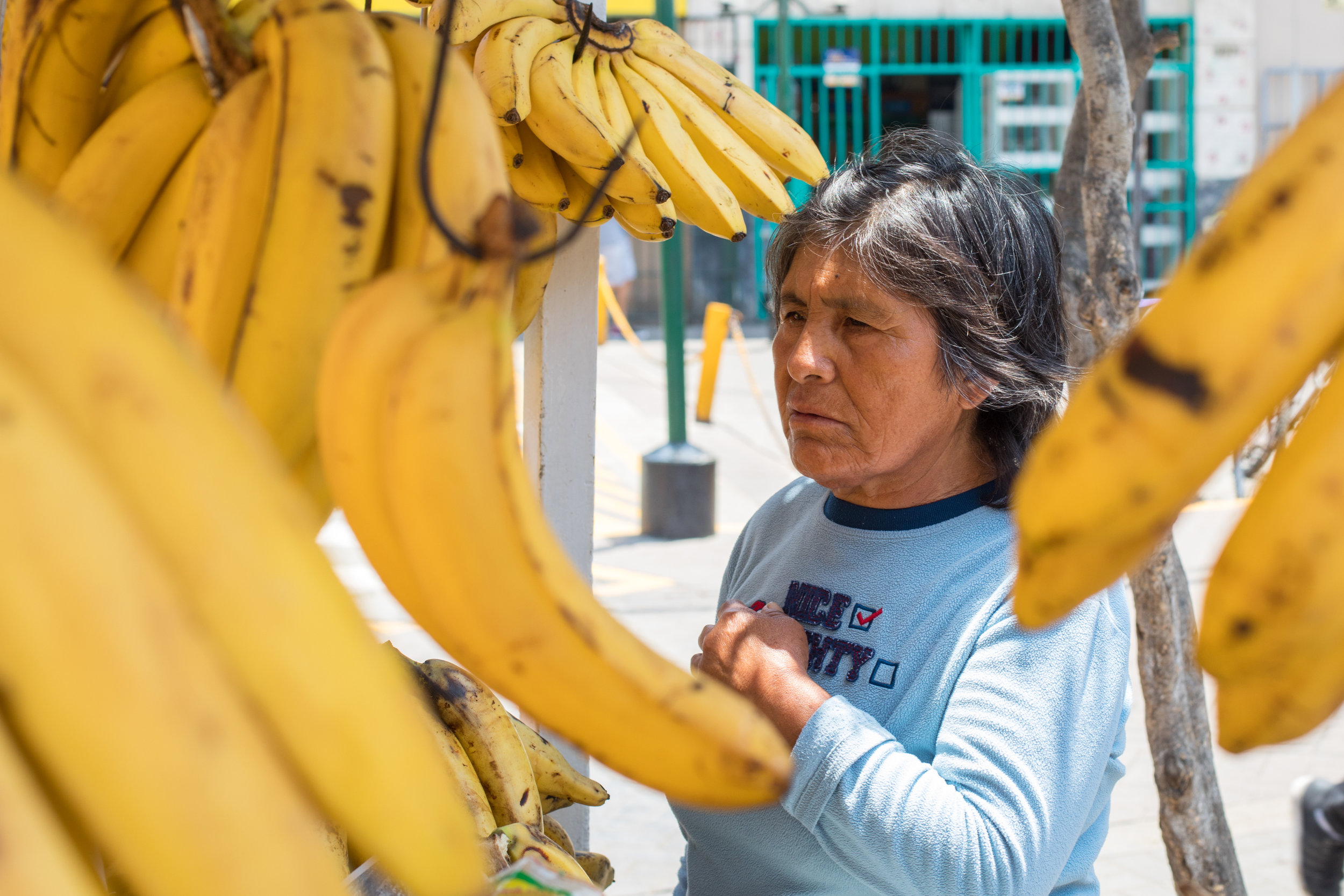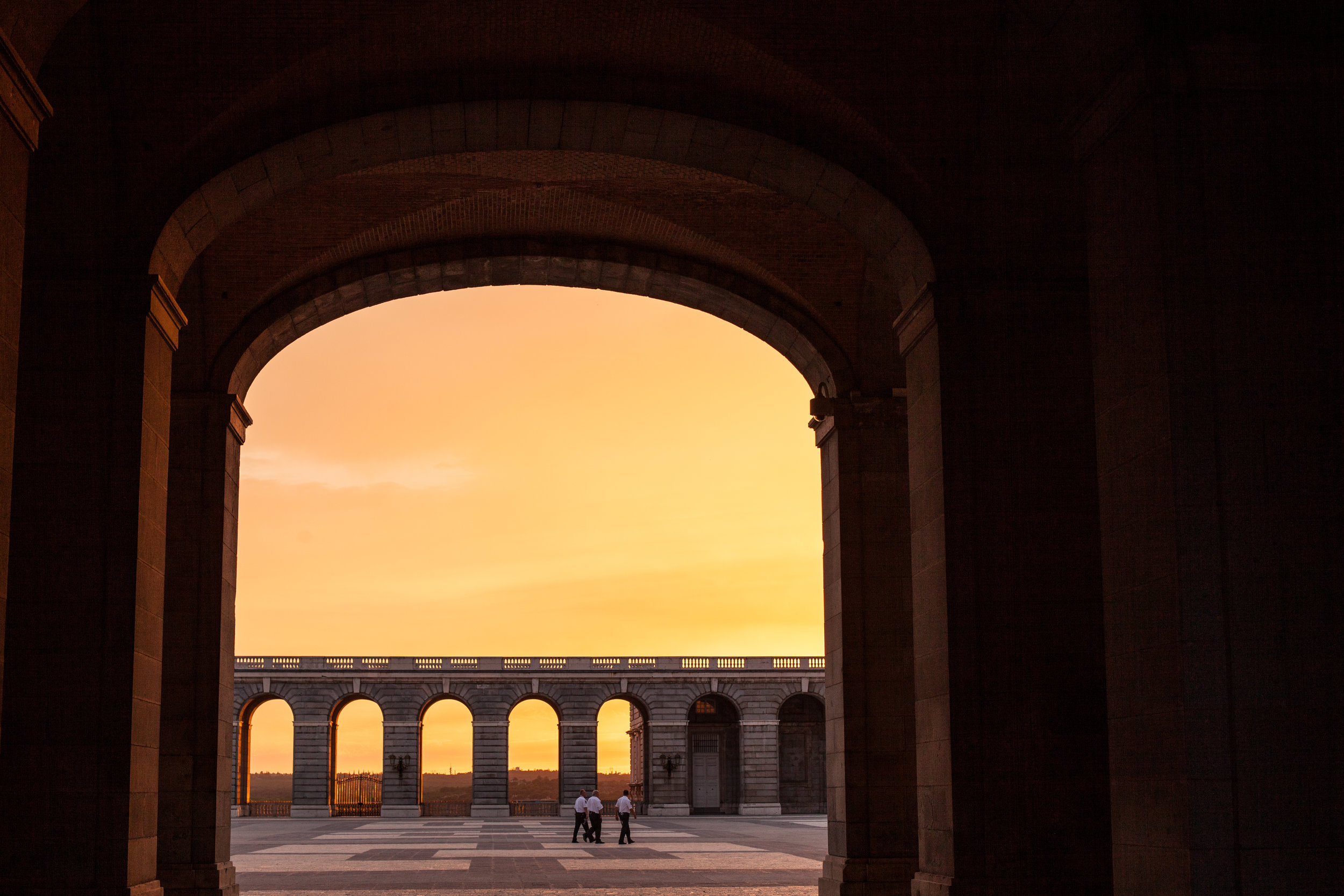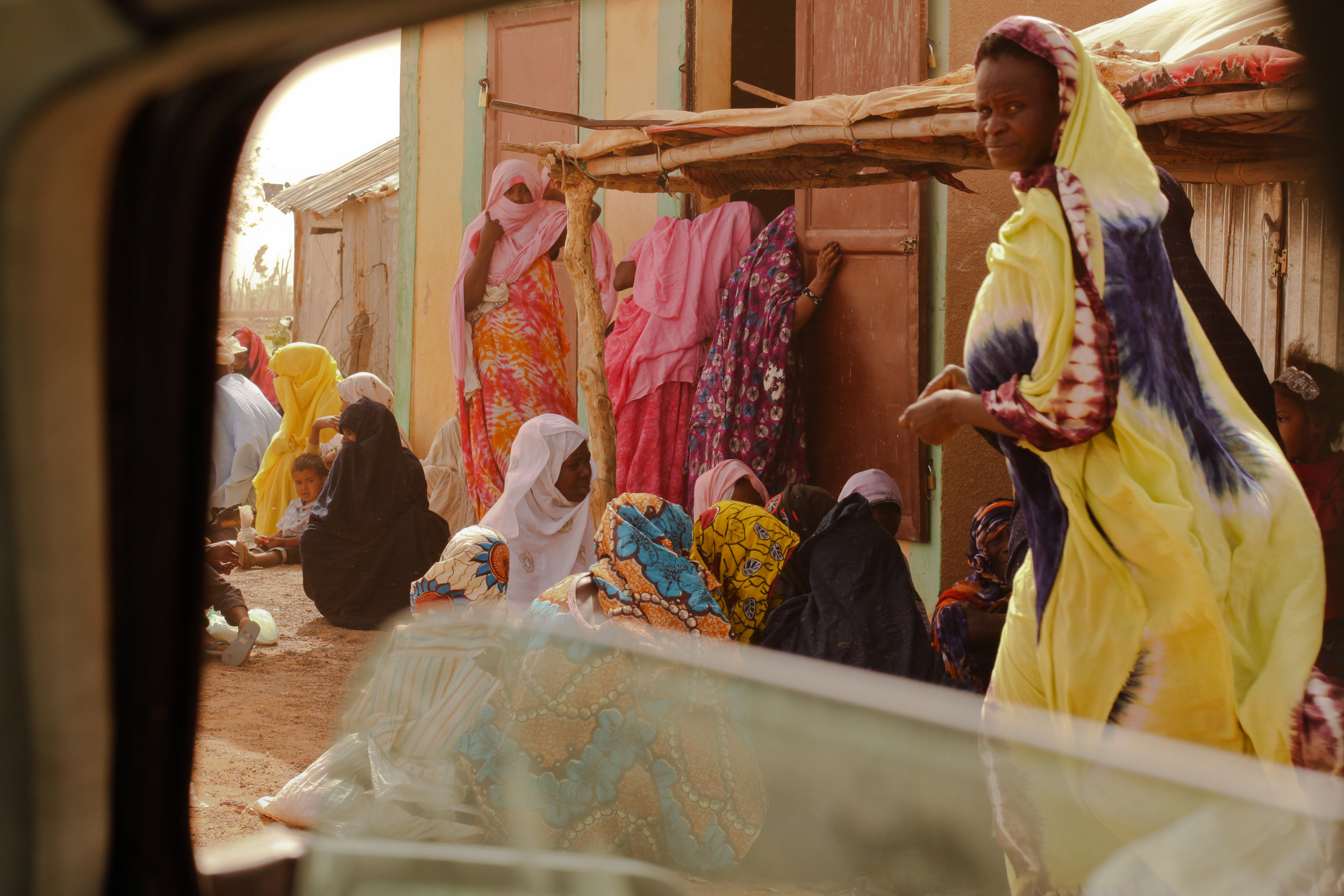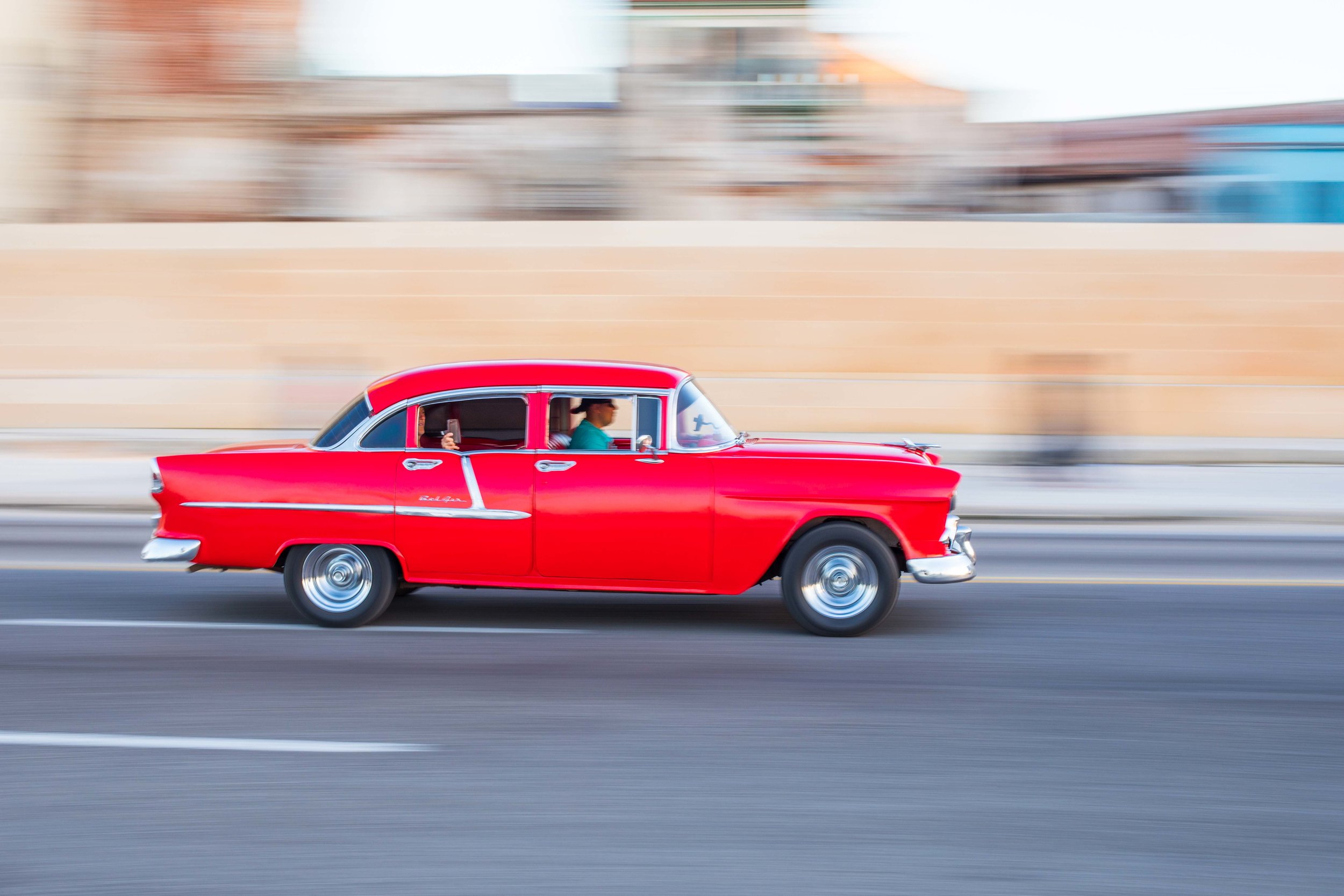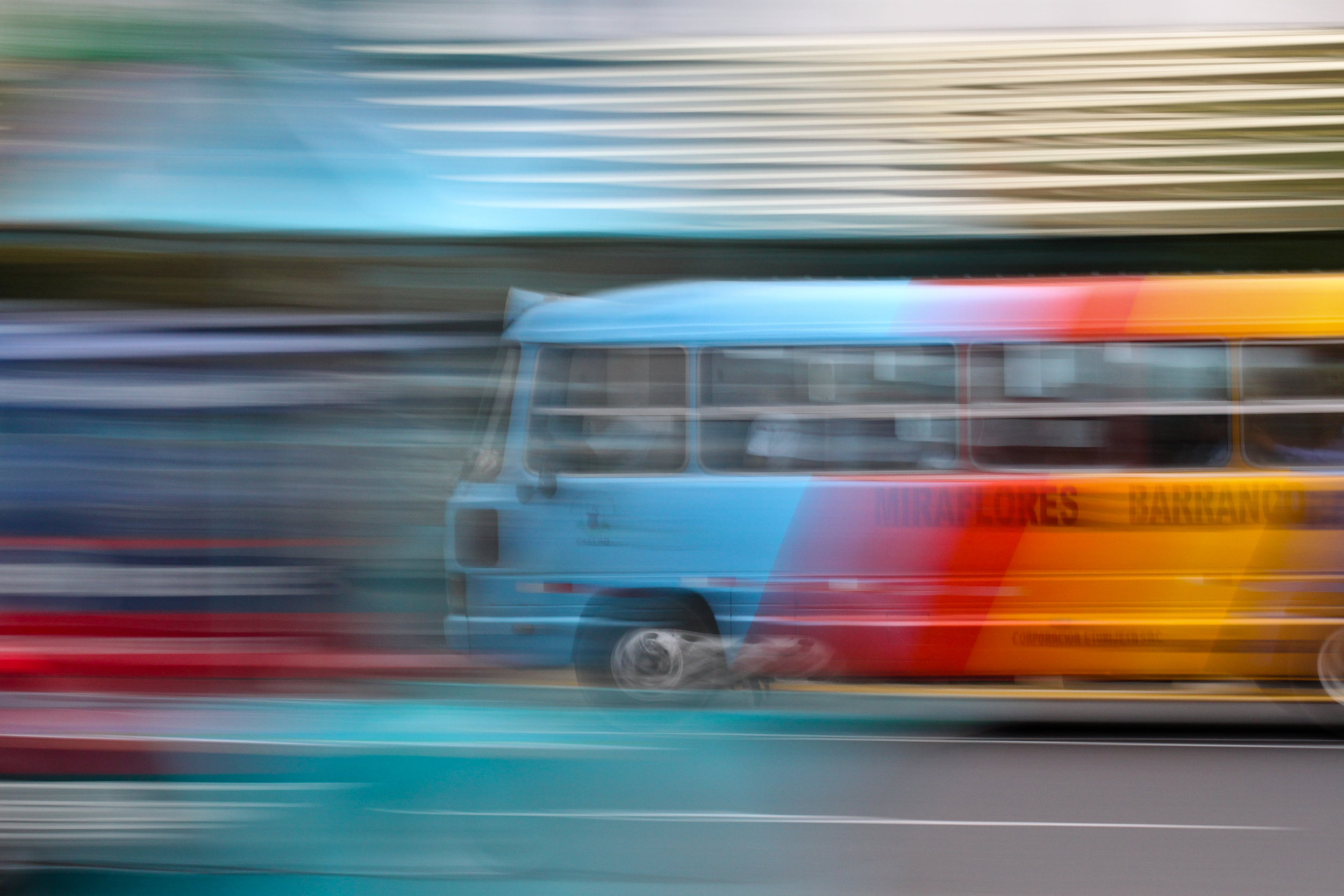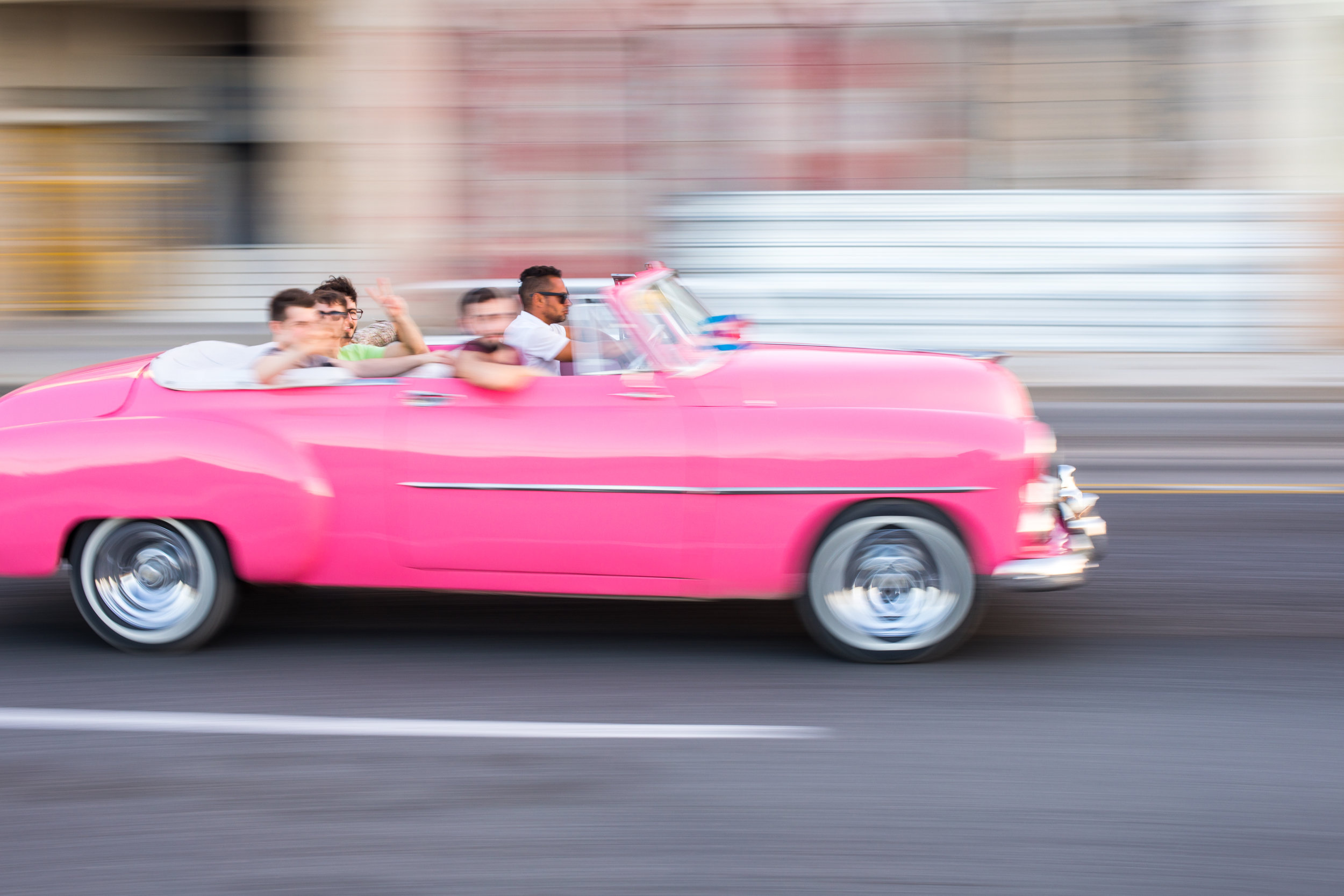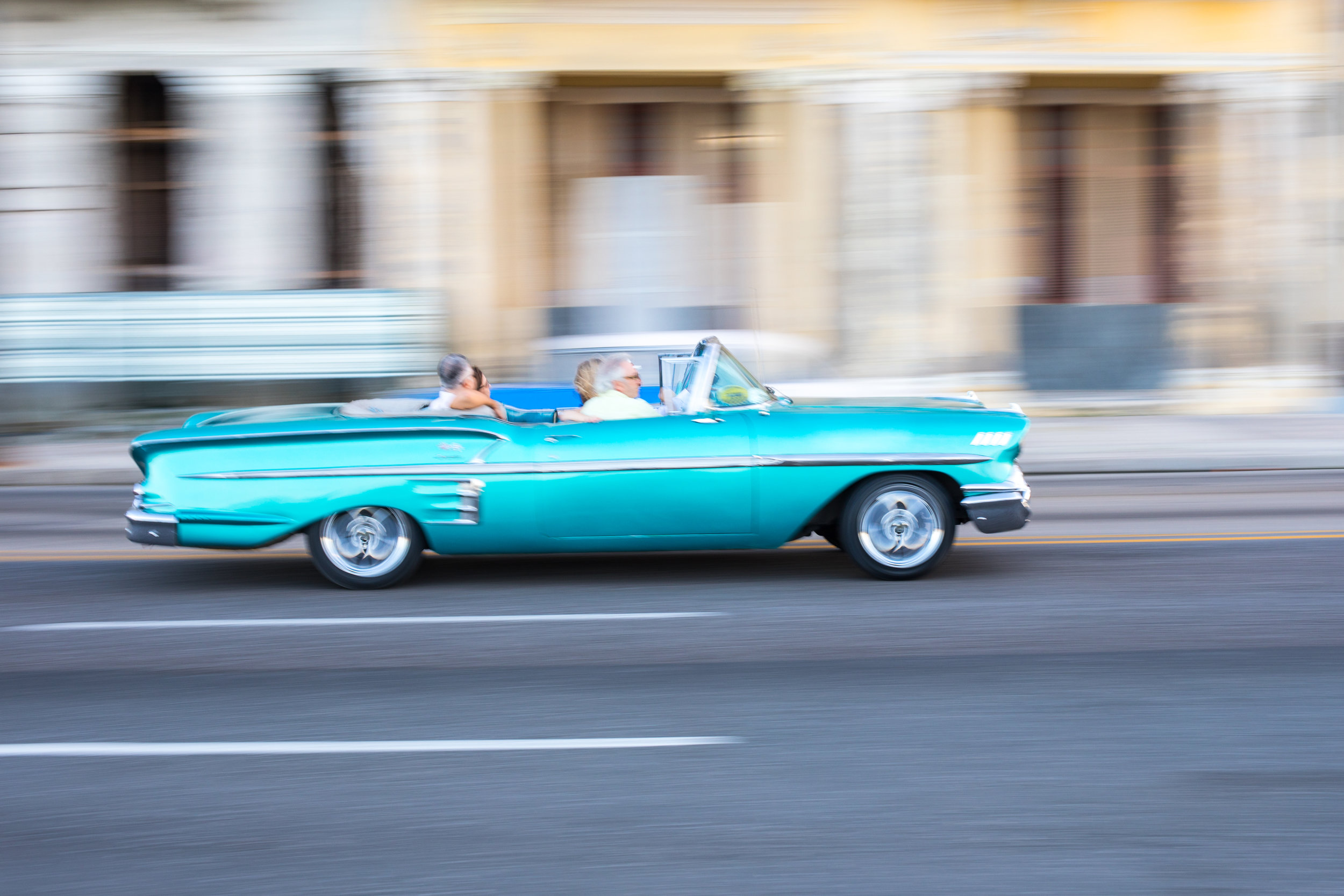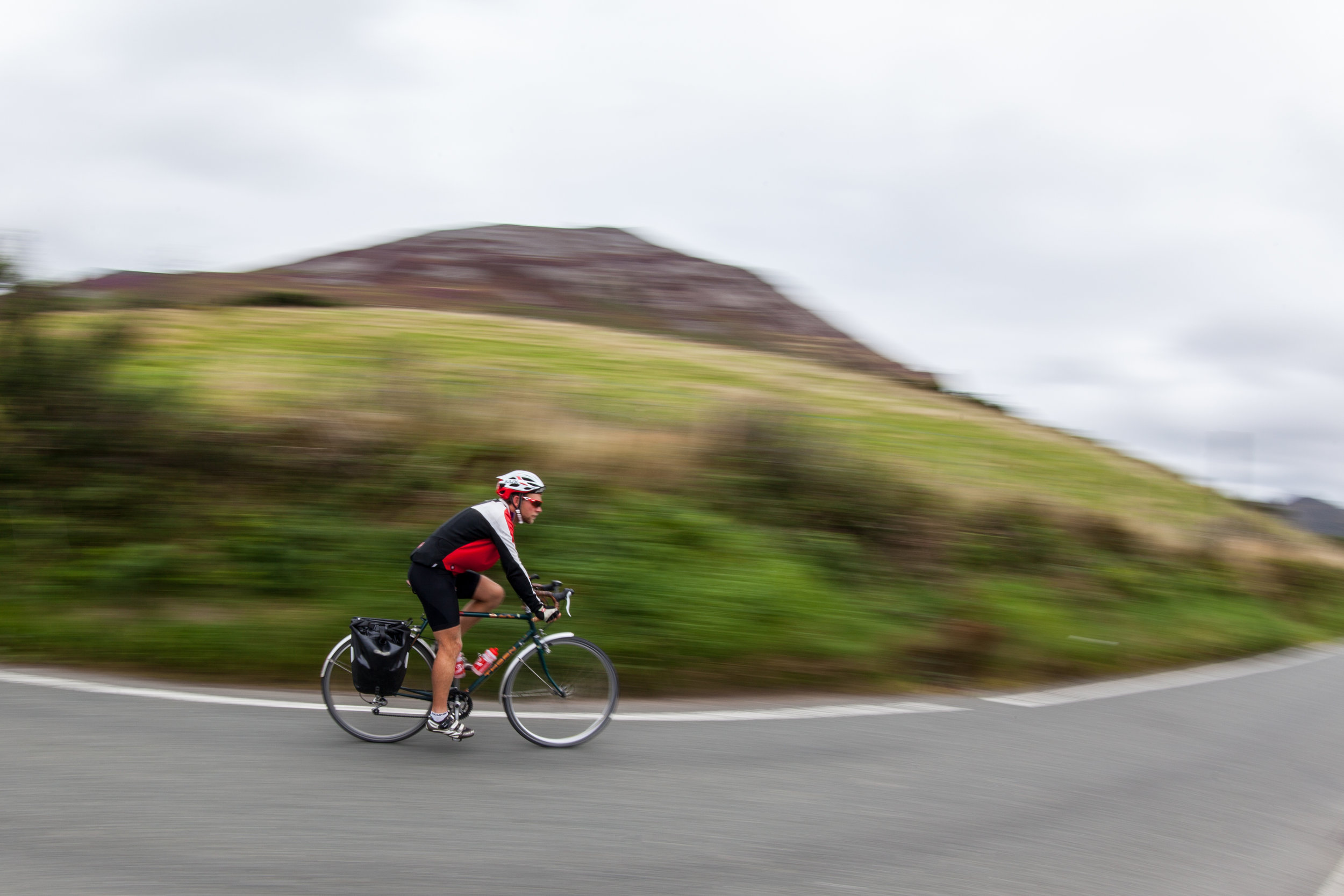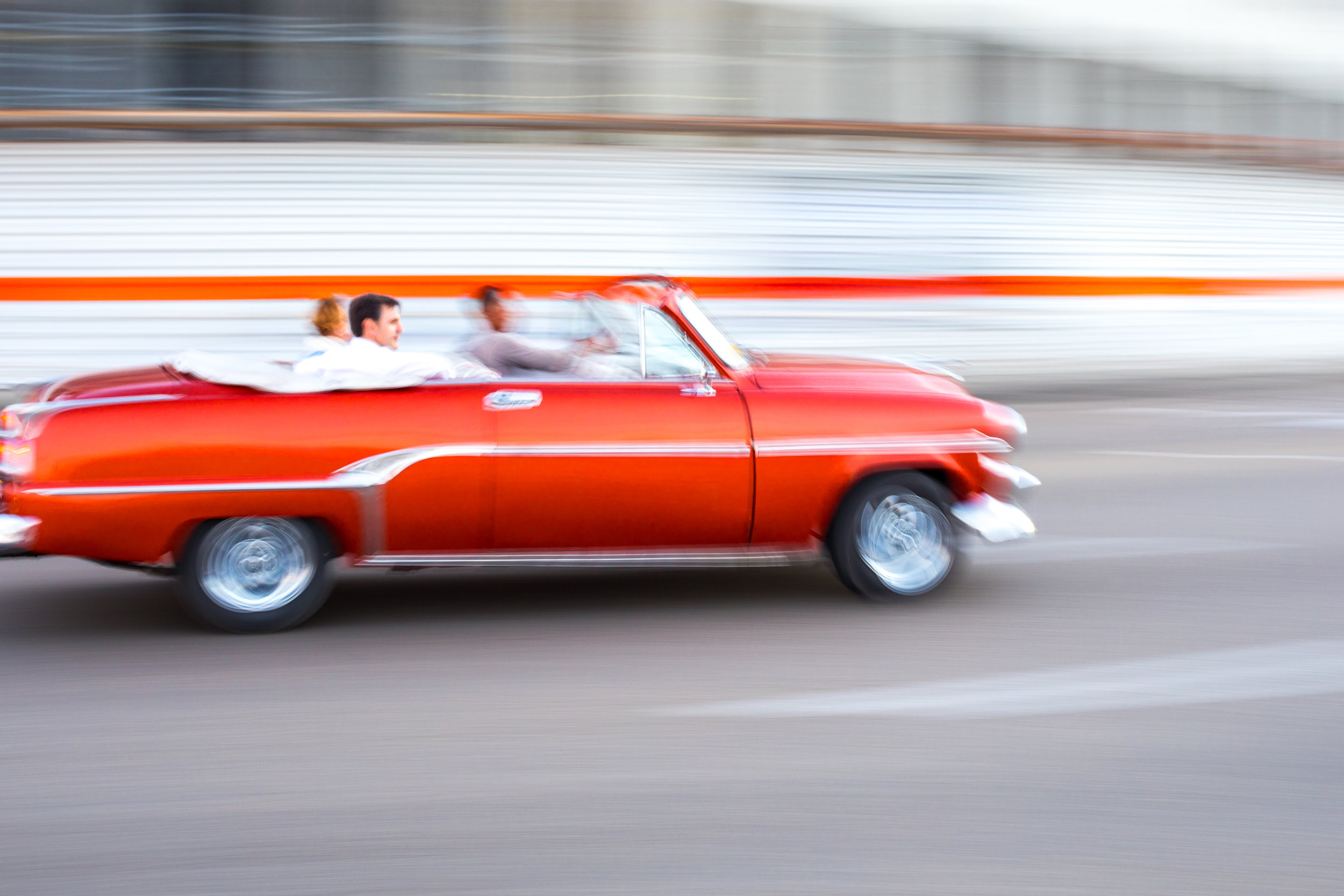Along the banks of the historical Ganges River lies Varanasi, one of the oldest continually inhabited cities in the world. It is located in the northern Indian state of Uttar Pradesh and is considered to be one of the holiest centres for Hinduism.
This unique city is made up of stark contrasts — from death and birth, to indulgence and spirituality. Its vigorous spirit has been the source of inspiration for many people who have set foot in the city, not just travellers, but also artists who were influenced by Varanasi.
Bollywood fans might recognise Varanasi’s many stairs and alleys from various films, such as Neeraj Ghaywan's Masaan. The movie traces the lives and eccentricities of its characters that thrive within the ancient city, which is still just as complex and ever changing. Varanasi’s many dualities haven’t just inspired famous movies, as Indian-inspired games also crop up on celebrated gaming communities with European digital portal Slingo being a great example, hosting titles such as Nirvana and Bollywood Story. These games capture starkly different, yet equally captivating facets of life in the city. But no matter how pop culture tries to do it justice, it pales in comparison to the arresting, chaotic beauty of Varanasi in the flesh. That alone makes it worth the visit, but for photographers, this provides a wealth of opportunities to capture the rich local culture. The entire region is full of colour and eccentricity, so you won’t run out of sights to point your lens at.
Go down the ghats during sunrise
On your way down to the holy river, you’ll find a series of stairs called ghats. In Varanasi, there are roughly 100 of them around, with each having its own name, history, and purpose. If you head towards the ghats about an hour before sunrise, you’ll be treated to a surreal view of the sun peaking from the waters and slowly bathing the landscape in light. It also happens to be the quietest time in the city, with fewer crowds. But of course, witnessing rituals of life and death are a different experience to be had altogether, so watch out for them but make sure to document them respectfully should you choose to take photos.
Explore the Gali
Another unique attraction in Varanasi is their Gali, an extremely narrow alley usually lined with vendors and people passing by. Though you might have to elbow your way through during busy hours, you’ll enjoy the play of light beams and shadows on your walk.
Make the most of the background noise
Some photographers prefer clean and clutter-free backdrops for their photos, but that’s a bit of a rarity in the constantly bustling metropolis that is Varanasi. Don’t worry though because whatever goes on in the background can only add more colour and life to your shots. Traveling Family Blog notes that Varanasi is not for the faint-hearted. It can get chaotic, but it’s all part of the city's signature vibrancy. When capturing the dynamic Varanasi environment, fix your aperture settings so everything is kept in focus, despite all the movement. Everywhere, you’ll find street cows, street vendors, children, and so much more that will fill up your frames.
Visit during festival season
For an even more rewarding trip, you can visit Varanasi during a festival such as Dev Deepawali, also known as the Festival of Lights. It happens every year during the month of November, with thousands of devotees coming together to immerse themselves in the holy Ganges. Most surreal is when they offer lit-up lamps to the Ganga — an act they call Deepdaan. Every single step of the ghats lights up as the sun goes down, which makes for a truly majestic sight.
This was a guest blog written by Gabriella Esposito, a freelance writer. If you are interested in writing a guest blog or other forms of collaboration please send an email to: geraintrowlandphotography@gmail.com. More of my travel photography can be found on my website, my Instagram, my Facebook Page and my Flickr account.






